‘Poor Things’, ‘The Marvels’ And ‘Barbie’ Production Designers On Creating Fantastical New Worlds Through Innocent Eyes
- Oops!Something went wrong.Please try again later.
- Oops!Something went wrong.Please try again later.
- Oops!Something went wrong.Please try again later.

In most fantasy movies, the job of the production team is to create a breathtaking new world that dazzles the viewer, but this Oscar season shows a new trend: stories in which the characters themselves are taken on a journey of discovery and adventure.
In Poor Things, a young woman named Bella is brought back to life by a mad surgeon and goes sightseeing in Europe. In The Marvels, the MCU’s new worlds are seen through the awed eyes of Captain Marvel’s protégée, Kamala Khan. And in Barbie, the Mattel superstar leaves her perfect life to sample the unknown pleasures of the real world…
More from Deadline
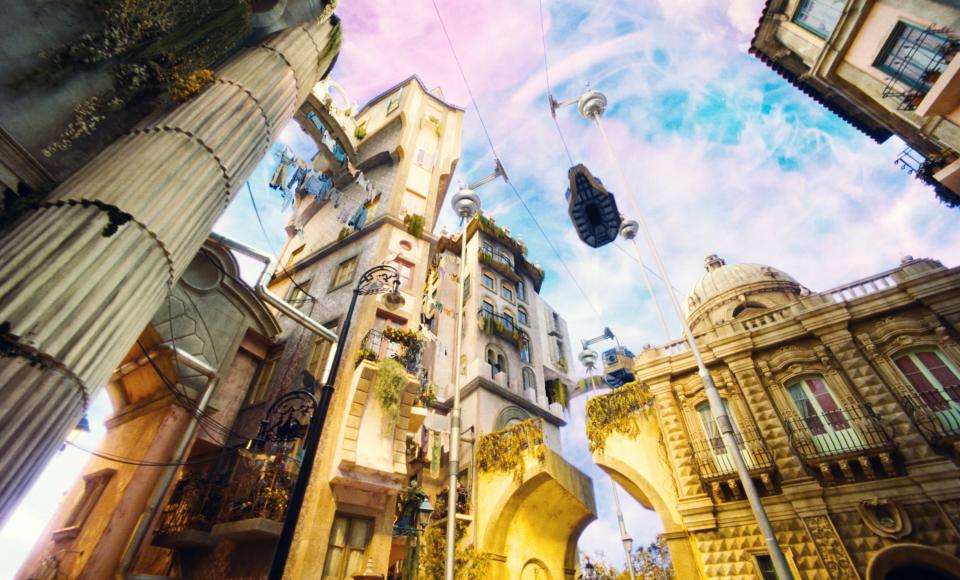
Poor Things
For Yorgos Lanthimos’ screen adaptation of Poor Things, the director was interested in the premise of making a 1930s-style movie with the technology of today. This meant that production designers Shona Heath and James Price were given the directive of crafting every set with the idea of creating a bespoke world no one had seen before. “It’s like looking through a child’s eyes with kaleidoscopic lenses on,” says Heath.
“He wanted it to feel handmade, but not photorealistic, which is what you strive toward,” Price says. “But he also didn’t want it to go down a stylistic way for the sake of being stylistic. You can’t just make a surreal world for the sake of it. It has to come from the story and the characters and everything has to be believable.”
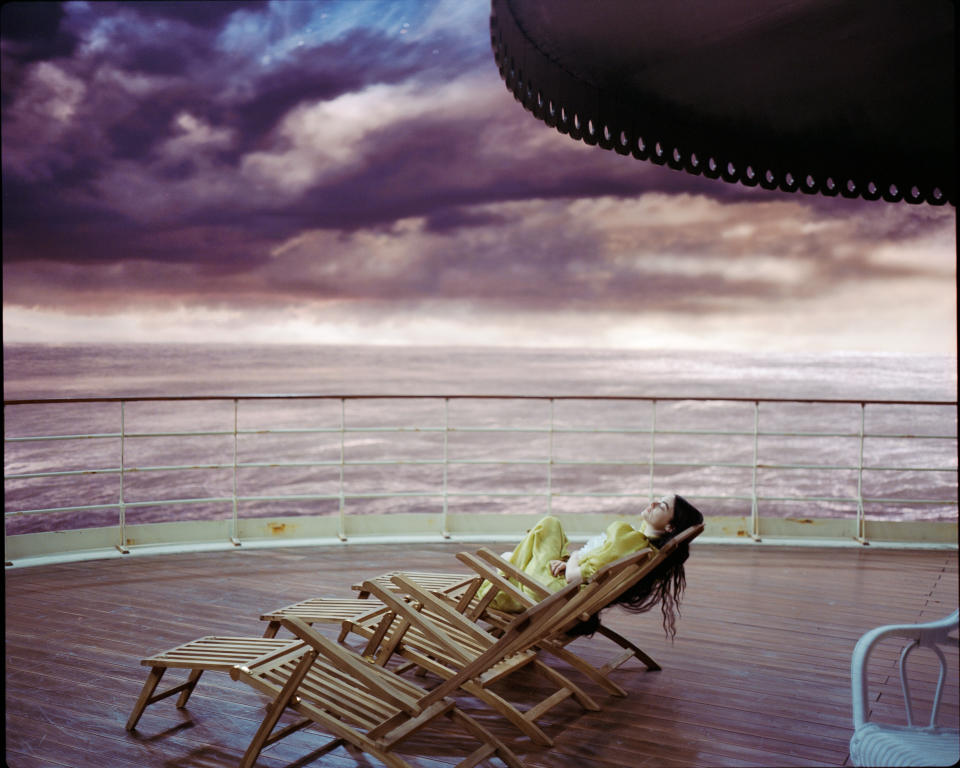
The four main sets—London, Lisbon, Paris and a cruise ship—had a basis in the real world, but needed to create the same surreal wonder for the audience that Bella would feel. “We tried to capture the essence of each city and distill it into our own small world,” Heath says. Focusing on the unusual elements of each area, Heath says they spliced them together in a manner similar to how the surgeon Godwin Baxter did with living things. “In Lisbon, there are archways that we just chopped the middles out of, and buildings that were two buildings cut in half and shoved together,” she says. “That added a slightly contemporary, brutalist edge to the fairytale of the city.”
While all of the sets were grandiose and expansive, Price says the most challenging in terms of engineering was Lisbon. “It was a studio build in the biggest sound stage in continental Europe,” he says. “It had undulating floors, there was a water tank and a wraparound 170-foot-long scenic backdrop that had to be painted.” Every building had to be built from scratch, painted and aged to look like a storied, old city. “Then you put a concrete pour with a stamp for each cobblestone, and the stones were painted in complex, acidy colors that were a play on the tiles of Lisbon.”
“The whole of Lisbon had 15 streets with alleys and stairways that all linked up,” says Heath. “The amount of buildings that went four stories high was extraordinary and it was sort of never ending. That was a real world, a real city in a build.”
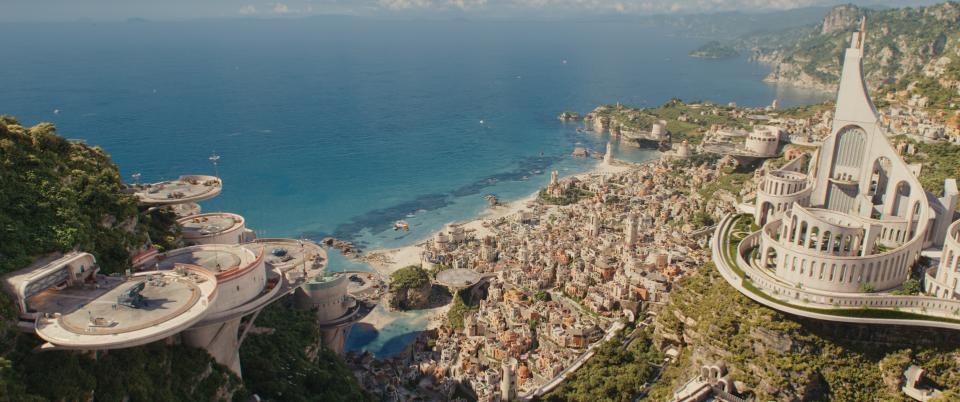
The Marvels
While Captain Marvel has traveled the universe and visited many strange worlds, The Marvels director Nia DaCosta wanted the audience to see these worlds for the first time through the eyes of Ms. Marvel, Kamala Khan. “She wanted everything to feel as otherworldly as possible,” says production designer Cara Brower, “and to have a sparkle to it and a magical quality.”
With that in mind, Brower designed what she would want to see if she was in Kamala’s shoes. For the musical planet of Aladna, the goal was to have an explosion of color. “[DaCosta] wanted the fashion of all the people to be really outrageous,” says Brower. “She wanted it to feel like Positano, Italy but with alien technology.” With that in mind, Brower treated the design like a work of art, taking inspiration from the unusual, surreal look of the 1969 film The Color of Pomegranates and the designs of Spanish architect Ricardo Bofill. “We tried to make it really sculptural,” she says. “There’s lots of curves because I wanted it to feel like there’s a musicality to all the buildings.”

When Dar-Benn is taking resources from other planets, she pulls the atmosphere from the Skrull refugee planet. “It’s supposed to be their hidden, secret new home,” Brower says. Taking visual cues from previous films, she found that Skrull architecture was more organic and fluid. “We put them in this hidden, rocky valley, and developed the look for them.”
Brower’s main goal was to create planets that really contrast with each other, which was achieved with the design of the dying Kree home world, Hala. “Hala was also featured in the first Captain Marvel, but we really wanted ours to have our own stamp on it related to the story,” she says. Brower took inspiration from the Saudi Arabian city NEOM, which is being built in the desert with plans to integrate artificial intelligence, similar to how Hala was run by an A.I. called the Supreme Intelligence. “We wanted the city to look like it was designed by A.I.—very blocky, with every inch of space developed into a vertical high-rise. I wanted all the buildings also to look not quite right—like they had been generated by a computer, so there is a lot of repetition and it is a bit soulless. In the past we wanted to show that the A.I. had incorporated green spaces and, now that the planet is dying, it’s very much a colossal urban sprawl.”
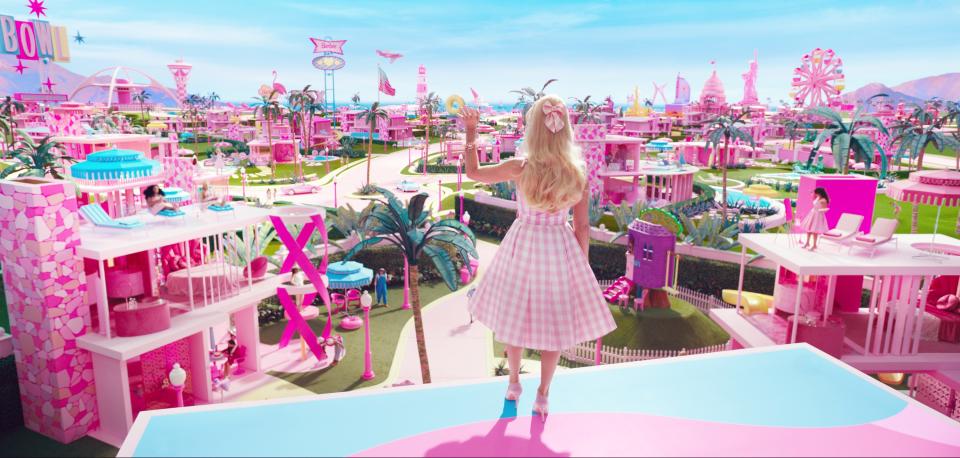
Barbie
Barbie presented an opposite challenge of the other films, where the main character goes into the real world with the same sense of wonder as when the audience enters her world. For production designer Sarah Greenwood and set decorator Katie Spencer, creating a plastic world had some surprising difficulties. “We are creating a world that has no elements,” says Greenwood. “It has no water, no fire, no electricity, no light, no wind… It’s just full of lots of things that aren’t there.”
“Because it looks so simple, there’s nowhere to hide,” says Spencer. “It was very much the absence of things, which was a new challenge. Not just the absence of major things like walls, but the absence of how actors interact with each other and the environment.”
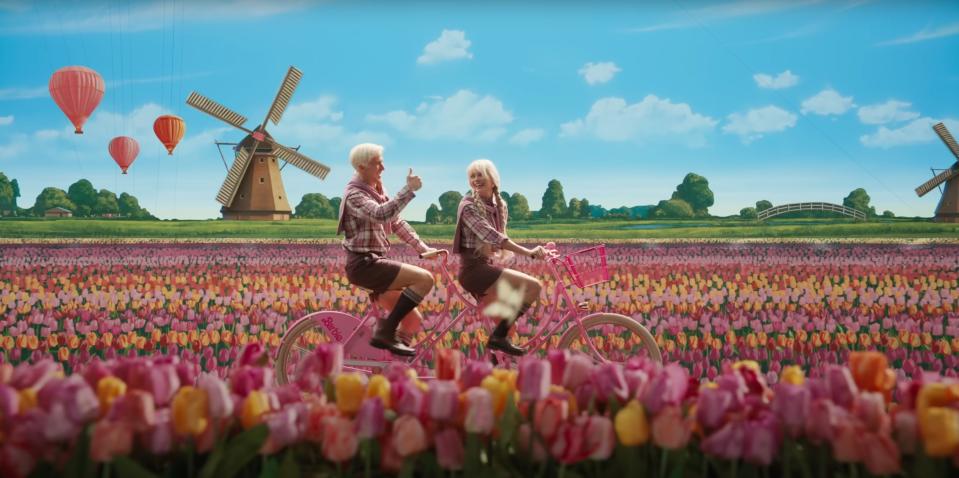
Since director Greta Gerwig wanted to use as little green screen as possible, everything needed to be built with an artificial look, down to the blades of grass. “Nowadays you can get fake grass that looks very real,” says Greenwood, “but it was too real. We had to go four grades down from the best to get the perfect, artificial green grass look.” The swimming pool was hand-painted with two inches of resin layered on top, which allowed for a scene where Margot Robbie, as Barbie, walked on water and added to the artificial nature of the world.
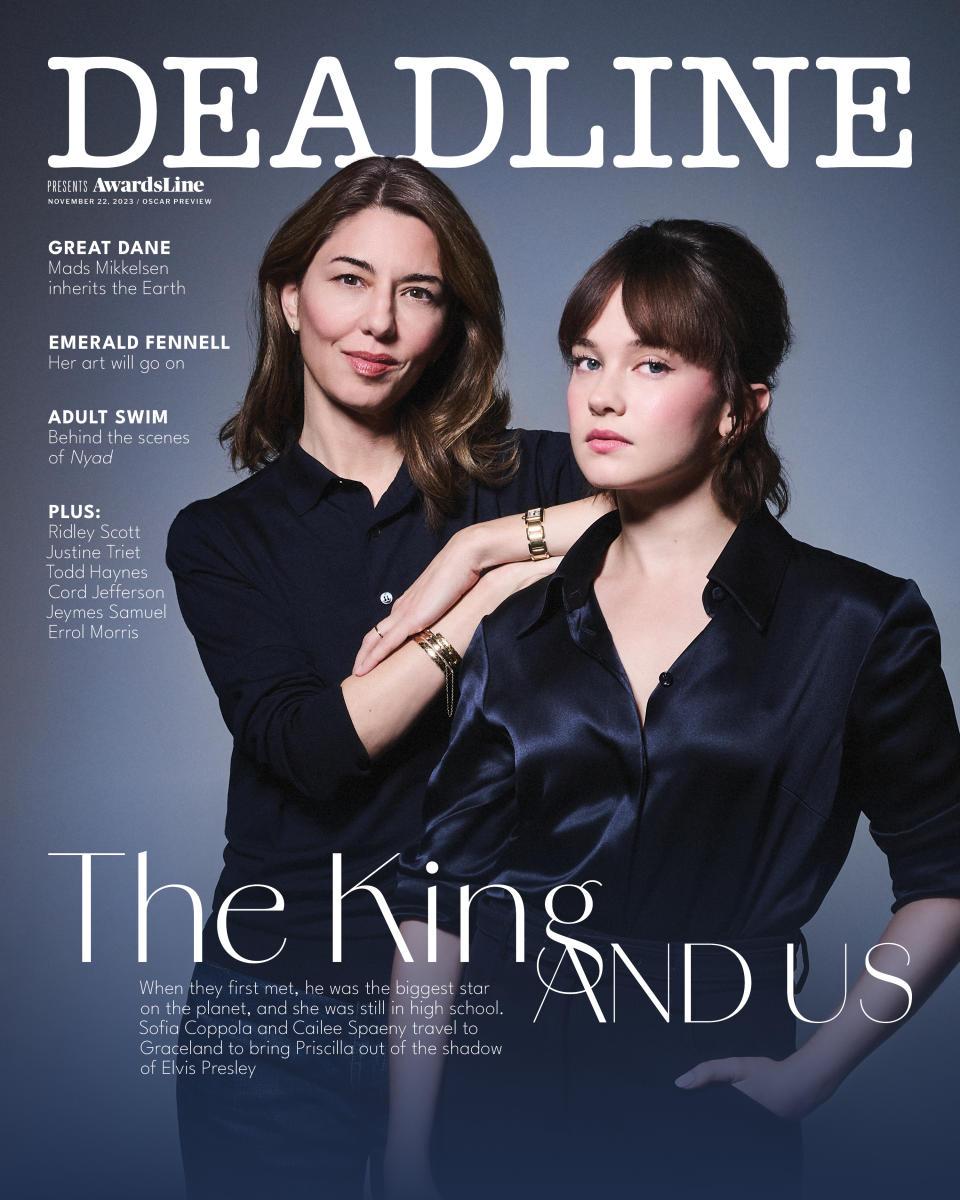
The artificial nature was then broken by Ken when he brought back items from the real world, which gave the interesting task of designing something with no taste. “It’s like an anti-aesthetic,” Spencer says. “What was so wonderful is that when you put all these very ugly things together, and you have those televisions all showing the same footage of horses in slow motion, it’s so melancholic that it formed its own beauty.”
The transition between Barbie Land and the real world presented another creative challenge, as the pair needed to represent a transition from a plastic, artificial world into reality. After many rounds of ideas, they decided to consider the transitions like dioramas. “The camera, backdrop and actors are in static viewpoints, and everything else is moving at different speeds,” says Greenwood. “So, in the foreground you have the tulips, then you’ve got other tulips, the windmills are going and the balloons are going up. The whole time all of this is moving, but the camera and the actors and the final cloth are all static.” Once they had the concept figured out, they came up with new, interesting transitions, like the snowmobile, rocket, and boat with spinning dolphins.
Best of Deadline
2023-24 Awards Season Calendar - Dates For Oscars, Emmys, Grammys, Tonys, Guilds & More
15 Films You Need To See That Flew Under The Radar In 2022 - Photo Gallery
Sign up for Deadline's Newsletter. For the latest news, follow us on Facebook, Twitter, and Instagram.

